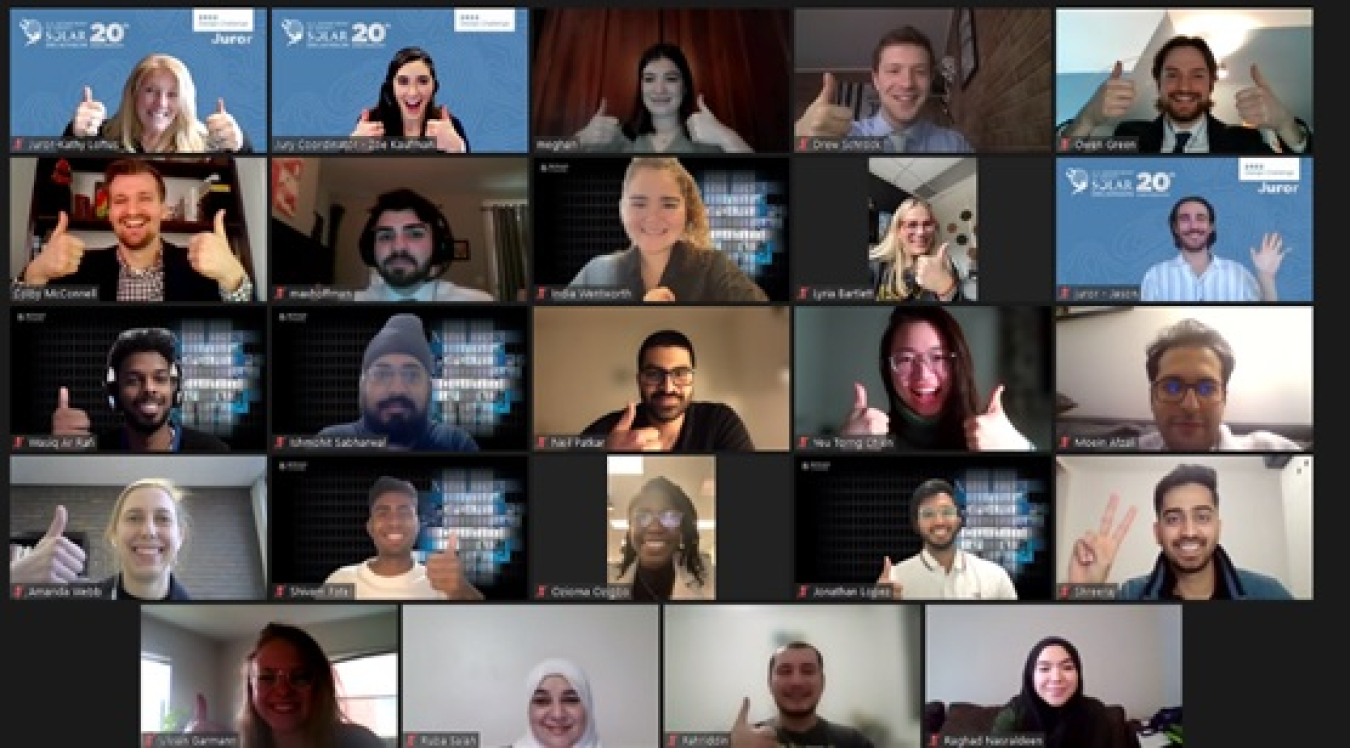Announces the 2023 Design Challenge, encouraging students and professors to start planning their teams and courses.
Office of Energy Efficiency & Renewable Energy
April 8, 2022
Today, the U.S. Department of Energy Solar Decathlon® announced the launch of the 2023 Design Challenge. The 2023 Design Challenge will help usher in the third decade of the Solar Decathlon, which continues to build the future energy workforce.
Students from collegiate institutions in the United States and around the world are encouraged to imagine the buildings of the future and apply!
Team registration for the 2023 Design Challenge will open in July 2022 and close in October 2022; the next chance to join the Build Challenge will be in 2023. Mark your calendars and start gathering your team today!
About the Solar Decathlon
The U.S. Department of Energy Solar Decathlon® is a collegiate competition that prepares the next generation of building professionals to design and build high-performance, low-carbon buildings powered by renewables. The Design Challenge is a one- to two-semester, design-only competition, while the Build Challenge is a two-year design-build competition.
Celebrating its 20th anniversary in 2022, the Solar Decathlon has challenged more than 25,000 students to create efficient, affordable buildings powered by renewables, while promoting student innovation, STEM education, and workforce development opportunities in the buildings industry.
Buildings account for 75% of electricity use, 40% of total energy use, and 35% of carbon emissions in the United States. Solar Decathlon supports a key strategy for tackling challenges: developing a workforce that is equipped to design and construct a low-carbon building stock and deliver a renewable energy future.
Additional details are available on the Solar Decathlon website.

